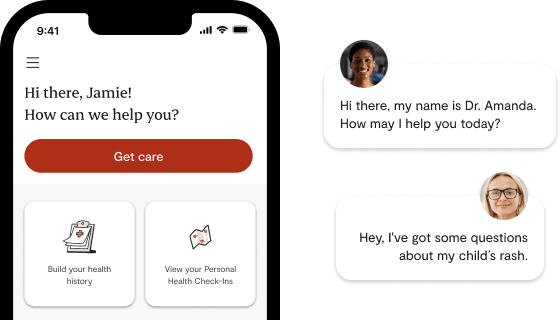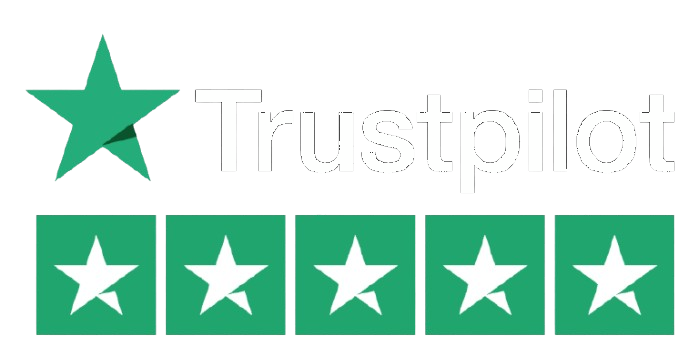In the past few years, virtual counselling has gone from a niche option to a mainstream mental health service across Canada, especially in Ontario. Whether you’re dealing with anxiety, depression, stress, or relationship issues, you’ve probably wondered: Is online therapy as effective as in-person sessions? Or even: Is it covered in Ontario?
Let’s take a deeper look at the pros and cons of online therapy Ontario vs in-person counselling, explore the most popular mental health platforms, and see what coverage options are available for Ontarians.
What Is Teletherapy?
Teletherapy, sometimes called virtual counselling or online therapy, is mental health care delivered through secure video calls, phone sessions, or chat-based platforms. It’s become a lifeline for people who need support but can’t—or prefer not to—attend face-to-face therapy.
In Ontario, demand for online therapy has surged, and both private platforms and public health systems have expanded their virtual services to meet this need.
Online Therapy vs In-Person Counselling: Pros & Cons
Advantages of Online Therapy in Ontario
- Convenience
You can attend sessions from home, your car, or even during your lunch break. No commute, no waiting rooms, no weather worries—just log in and talk. - Wider Access
Especially for those in rural or remote parts of Ontario, where in-person therapists are scarce, virtual counselling opens access to professionals across the province. - Flexible Scheduling
Many online therapy platforms offer evening or weekend sessions, making it easier to fit therapy into a busy lifestyle. - Comfort & Privacy
Some clients feel more relaxed opening up from their own space. And with secure, encrypted platforms, your privacy is protected. - Cost Transparency
Online platforms often show pricing upfront, and some offer sliding scales or subscription packages.
Limitations of Online Therapy
- Lack of Physical Presence
Non-verbal cues, subtle body language, and a sense of emotional presence can sometimes be harder to interpret virtually. - Tech Issues
Poor internet connections, audio problems, or platform glitches can interrupt sessions and impact therapeutic progress. - Not Ideal for All Cases
Severe mental health conditions, crisis situations, or individuals with limited tech access may benefit more from in-person care. - Less Regulated Market
Not all mental health platforms are equally rigorous. It’s important to verify that your therapist is licensed in Ontario.
What About In-Person Counselling?
Traditional, face-to-face therapy still plays a vital role—especially for clients who:
- Prefer structured environments
- Don’t feel comfortable using technology
- Are dealing with complex mental health issues that benefit from closer monitoring
In-person sessions allow for a deeper therapeutic connection in some cases, and for therapists to pick up on physical cues that might be missed virtually.
That said, many Ontario therapists now offer hybrid models, letting clients choose session-by-session whether to meet online or in person.
Comparing Mental Health Platforms in Ontario
Several online platforms are available to Ontario residents, each with different features and pricing. Some of the most recognized include:
| Platform | Therapy Types |
Therapist Credentials |
Price Range |
Covered by Insurance? |
|---|---|---|---|---|
| Ogaei | Individual, couples, chronic stress, trauma | Registered Psychotherapists (Ontario) | Competitive, varies by service | Yes (OHIP) |
| Tia Health | CBT, psychotherapy, anxiety, depression | Registered Therapists, Psychologists | ~$75/session | Yes (varies by provider) |
| Maple | Text-based or live therapy with some limitations | Limited availability; mostly GPs | Free (OHIP-eligible) or ~$80/session | Not typically covered |
| Gotodoctor Rexall | Mental health referrals, basic screening | Physicians refer to specialists | ~$80/session | Partial (via referrals) |
| MD Connected | Psychotherapy, mental health consults | Licensed Psychotherapists, MDs | $100–$150/session | Some private + OHIP options |
Note: Always check with your provider to confirm coverage in Ontario, especially under your workplace benefits or student plans.
Is Teletherapy Covered in Ontario?
Coverage depends on several factors:
- OHIP does not typically cover private therapy unless accessed through hospital outpatient programs or certain OHIP-funded services (like MindBeacon for eligible Ontarians).
- Employer Benefits often include a mental health allowance ($500–$2000/year) for therapy with licensed social workers, psychotherapists, or psychologists.
- Student Health Plans often include partial coverage for online and in-person counselling.
Before booking, ask:
- Is the therapist licensed in Ontario?
- Will they provide receipts for insurance reimbursement?
- Is the platform recognized by my insurer?
So, Which Is Right for You?
If you’re looking for flexibility, comfort, and wider access, virtual counselling may be your best bet. If you need deeper connection, face-to-face interaction, or are managing serious mental health concerns, in-person counselling may serve you better.
Ultimately, the most important thing is finding a qualified therapist you feel comfortable with—whether you’re speaking across a screen or across the room.
Ready to Begin?
At OGAEI.care, we connect individuals and families across Ontario with mental health support that fits their lifestyle. Whether you’re exploring teletherapy, looking for mental health platforms, or navigating coverage in Ontario, we’re here to help you make an informed choice.
path to support doesn’t have to be complicated. Sometimes, it starts with a single click.










